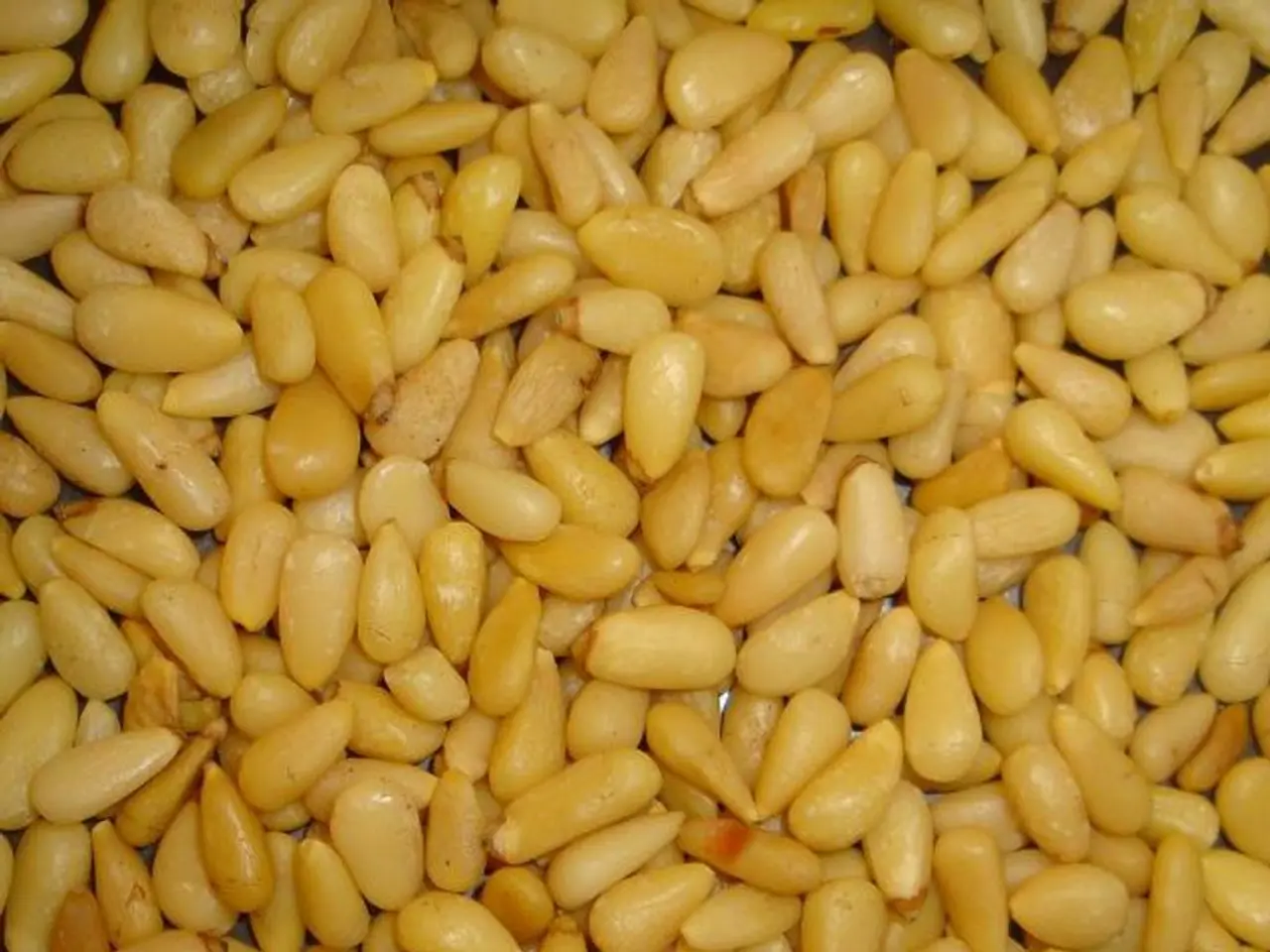Biomass Resources in Northwestern Ohio: An Overview
Northwest Ohio, with its rich agricultural landscape, is poised to become a significant player in the production of cellulosic ethanol. A new study has assessed the cost and availability of various agricultural feedstocks for cellulosic ethanol production in the region, including corn stover, corn cobs, wheat straw, and miscanthus.
Corn stover, a byproduct of corn harvesting, is abundant in Ohio and offers a promising feedstock for cellulosic ethanol production. The cost of corn stover can vary based on collection and transportation costs, with average prices ranging from $30 to $50 per ton. Wheat straw, while less prevalent than corn stover, is available in regions where wheat is grown, and its cost is comparable, typically ranging from $30 to $50 per ton.
Corn cobs, another byproduct of corn production, are less commonly used for cellulosic ethanol due to their lower yield compared to corn stover. Pricing for corn cobs is generally similar to corn stover, influenced by collection and transportation costs.
Miscanthus, a perennial grass specifically grown for biomass production, offers high yields and is well-suited for marginal lands. The cost of miscanthus can be higher due to planting and maintenance costs, typically around $50 to $70 per ton for established fields.
The study highlights the significant potential for cellulosic ethanol production in Northwest Ohio, given the region's agricultural output. The availability of corn stover and wheat straw is particularly favorable due to existing agricultural practices. Miscanthus offers a promising alternative for dedicated biomass production, which could be expanded in the region.
However, the production of cellulosic ethanol is not without its challenges. One of the main challenges is the cost-effective collection and transportation of these feedstocks, which can significantly impact the overall production cost. Developing a robust market for cellulosic ethanol will be crucial for the economic viability of these feedstocks.
The Energy Independence and Security Act of 2007 enacted a federal renewable fuels standard (RFS), aiming to increase rural economic activity and reduce U.S. dependence on imported liquid fuels. One mandate contained in the RFS is that the United States will consume 100 million gallons of ethanol produced from cellulose in calendar 2010, rising to 16 billion gallons in calendar 2025.
In conclusion, Northwest Ohio presents a viable environment for the production of cellulosic ethanol from these agricultural feedstocks, with opportunities for growth and development in the bioenergy sector. The study provides valuable insights into the potential feedstocks, their availability, and costs, paving the way for further research and investment in this promising field.
- In Northwest Ohio's rich agricultural landscape, the potential for cellulosic ethanol production from feedstocks like corn stover, wheat straw, corn cobs, and miscanthus is significant.
- The cost of corn stover, a corn harvesting byproduct, can vary from $30 to $50 per ton based on collection and transportation expenses.
- Wheat straw, available in regions where wheat is grown, is a promising feedstock with costs comparable to corn stover, usually ranging from $30 to $50 per ton.
- While corn cobs are less commonly used for cellulosic ethanol production due to lower yield, their cost is similar to that of corn stover, influenced by collection and transportation costs.
- Miscanthus, a perennial grass specifically grown for biomass production, offers high yields and is well-suited for marginal lands, with costs typically around $50 to $70 per ton for established fields.
- The study suggests that, given Northwest Ohio's agricultural output, cellulosic ethanol production has immense potential, with corn stover and wheat straw being particularly favorable due to existing agricultural practices.
- The production of cellulosic ethanol requires overcoming challenges, such as cost-effective collection and transportation of feedstocks, which can impact the overall production cost significantly.
- To ensure the economic viability of these feedstocks and expand production in the region, developing a robust market for cellulosic ethanol and innovation in technology are crucial steps to take, as per the Energy Independence and Security Act of 2007, which mandates an increase in cellulose-based ethanol consumption in the United States.




